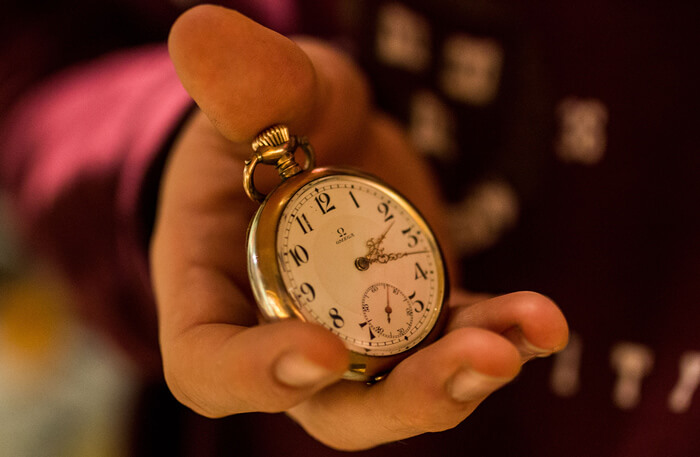One of the key challenges you’ll face this year is securing a transformational gift from one or more of your caseload donors.
I know, you’ve done your caseload goals for the next financial period and you can’t imagine that there is any donor on your caseload who could give a high 6 figure or 7 figure gift. But your conclusion isn’t true. The truth is that there are two donors, or at least one, who can give that gift and will give it if you do the right things in the coming months.
Here is what those “right things” are:
- You need to identify those donors on your caseload. Do this by carefully thinking through what you know about each donor and/or what you can find out about them through research. If you’ve constructed your caseload the right way, you’ll have donors on it who have (a) given to your organization for a long time, (b) have the capacity to do way more if you engage them with something they truly care about, and (c) have the inclination to do that. So, spend some time and look for two, or even three, donors who meet these criteria.
- Create a plan to engage them deeply and intimately with what they care about. I’ve chosen the words “deeply and intimately” to make sure you understand that your interaction with these donors will go way beyond your usual interaction with your caseload donors. It will be deeper, more detailed, more personal, more frequent contact. You’ll be spending far more time with these donors. The plan will need to start with you making sure you clearly understand each donor’s passions and interests and their communication preferences. Don’t assume you know what they are. Zero-base this whole exercise and make yourself get really inquisitive and curious. Get deeply involved in conversations with the donor about their interests and passions, the drivers behind them and what their dreams and hopes are in their area of interest. Remember, these are the core things your donor really, really cares about, which is why you need to know as much as you can about them.
- Work with program and finance to create a donor offer that matches the passions of interests of each donor you’ve identified. This donor offer must be something that is in the current operating budget of your organization and is large enough in cost so that it can accommodate a large ask. I suggest something in the $1 million range, or if your ask is going to be below that, then something greater than the ask amount.
- Start sending your donor information about the program you intend to ask her to support that clearly and emotionally outlines the problem that needs to be solved. It is very important that your communication over the next months spells out, in human and emotional terms, what’s at stake if this situation isn’t dealt with. And as you’re sending this information (via email, mail, text; using pictures, videos, stories, etc.), work on your ask approach using our Permission Based Asking model. It will help you stay on track.
- Execute the plan, knowing it will take time. It may take all of 2021. Don’t worry. Executing a plan like this will be time-consuming and labor-intensive. You’ll engage with the donor like you never have before. And you’ll have them engage with your CEO, your program people and others as you help them understand what needs to be done, and why their involvement is so critical.
This is complicated. Jeff and I know this. But it’s the only path you can take toward securing a transformational gift. The important thing to understand is that you need to get into a process like this in order to make it happen. Make yourself do it. It will be good for you, the donor and the important cause you serve.
Richard






0 Comments
Trackbacks/Pingbacks